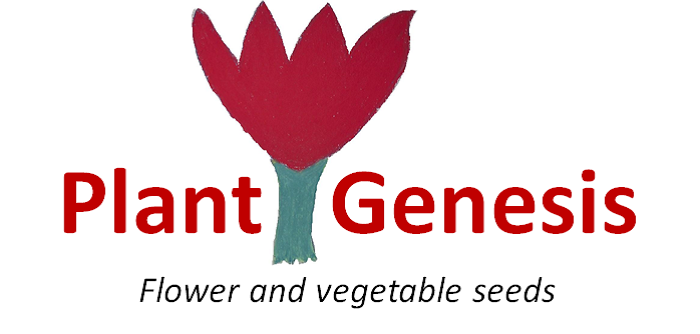An architectural plant with dramatic flower spikes in late summer and attractive evergreen leaves all year round. Plants grow to a height of about 1m, and up to 4m including flower spikes. They look good in borders, City gardens, Mediterranean and coastal gardens, and in larger containers. The leaves are serrated and make a good security barrier as they hard to climb over!
Needle Palms grow best in a sheltered sunny position in well drained sandy soil. They are low-maintenance and long lived. They spread naturally by suckers and self-seed in the right conditions.
Pack of 15 seeds. Sow anytime, typically spring to autumn. Plants grow slowly at first and take three to five year to reach flowering size, but make good sized clumps once established. Sowing instructions and a colour photo are printed on the packet.
See how your seeds are packed.
